We Use Phrases from Greek Mythology in the English Language and We Often Do Not Realize it
We use the following phrases, "Achilles Heel," "Between a rock and a hard place," "To have a Midas touch," "To rise from the ashes," "He's a mentor to me," quite commonly in written and in spoken language. But, where do these phrases come from? Did you know that they have a common origin in mythology? Read and find out about ten phrases we use today that owe their origins to the Greeks:
10 Popular Words and Phrases in English that Originate from Greek Myths
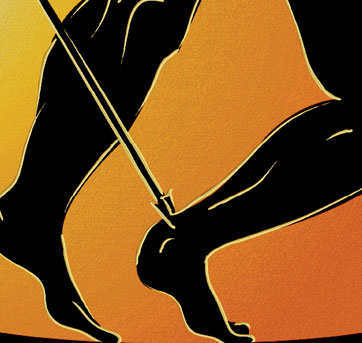 1. Achilles's Heel
1. Achilles's Heel
Achilles, an ancient warrior, a child of Zeus and protected by the waters of the river Styx, fell to his death by an arrow struck at his heel, his only weak spot.
The phrase has come to mean any weak spot of an organization, a person, etc., who is generally deemed to be strong.
Marvin's brother was the only one who knew that his Achilles's heel was his weakness for gambling the $100 slots at the casino.
Here is an example from an article on cooking apps for the iPad for the New York Times:
“BigOven’s community involvement may be its biggest asset, but it is also its Achilles’ heel.”
 |
| Cassandra warns Priam |
2. To Be A Cassandra
Cassandra was a priestess to Athena in ancient Troy. She warned King Priam that the Trojans should not take in the large wooden horse standing at their door (see, "Beware of Greeks bearing gifts") but no one would listen to her.
"To be a cassandra," in present day language has come to mean someone who proclaims truth, or spreads a message, but no one wants to believe it despite its authenticity.
Another example of environmental Cassandras is a small coastal town that did not listen to the reports from a scientific recommendation to begin creating a buffer zone of trees to protect its estuary from the encroaching ocean waters.
 3. Caught Between a Rock and Hard Place
Odysseus learns from the blind seer Tiresias that he must journey through a strait where the path breaks into two; no matter what path he and his crew choose, Tiresias forebodes, the outcome will be equally perilous. For on one side is the Scylla monster who gobbles up his men like chickens and on the other side is a gaping whirlpool with teeth called the Charybdis, which swallows his men alive. The Charybdis' cousin is the sand whirlpool in Return of the Jedi.
We say we are caught between a Scylla and a Charybdis, or between a rock and a hard place, when whichever decision is made, the outcome is hardly good.
A news article from The New Hampshire Keene Sentinel refers to refereeing teen bullying online, as caught between a rock and hard place because the school must choose between peer mediation, which seldom works because the bullying is not happening in school but at home online:
"We’re caught between a rock and hard place, disciplining them for what happens outside the school...”
3. Caught Between a Rock and Hard Place
Odysseus learns from the blind seer Tiresias that he must journey through a strait where the path breaks into two; no matter what path he and his crew choose, Tiresias forebodes, the outcome will be equally perilous. For on one side is the Scylla monster who gobbles up his men like chickens and on the other side is a gaping whirlpool with teeth called the Charybdis, which swallows his men alive. The Charybdis' cousin is the sand whirlpool in Return of the Jedi.
We say we are caught between a Scylla and a Charybdis, or between a rock and a hard place, when whichever decision is made, the outcome is hardly good.
A news article from The New Hampshire Keene Sentinel refers to refereeing teen bullying online, as caught between a rock and hard place because the school must choose between peer mediation, which seldom works because the bullying is not happening in school but at home online:
"We’re caught between a rock and hard place, disciplining them for what happens outside the school...”
It was easy to see Simone was caught between a rock and a hard place. If she chose Zack, tall and handsome, she would not have someone to discuss poetry, but if she chose Zed, a recent Rhodes Scholar, she would have to settle for a tepid body.
Et cetera:
It is also possible to use the phrase "Scylla and Charybdis" to mean caught between a rock and hard place, as in a San Fransisco Chronicle on global warming and stopping green house gases as a Scylla and a Charybdis.
4. Beware of Greeks Bearing Gifts
 |
| How is Health Care in this cartoon used as an example of "Beware ..." |
The phrase originates from Virgil's Aeneid. Laocoon tells the Trojans, "Beware of Greeks Bearing Gifts" but they do not listen to him and allow the Trojan Horse to enter the city (see entries on Trojan Horse, Cassandra). After the Greeks sack Troy, as punishment for attempting to warn the Trojans, Laocoon and his sons are eaten alive by a sea serpent.
The phrase is heavily used in political language to describe situations where a particular political action is not as benign as it may at first appear. The expression can be used, however, in any situation where appearances are not always what they seem.
"I say beware of Greeks bearing gifts," said Troy. "Your parents pay for dinner only when they have bad news!"
Consider a recent article, "Beware of Greeks Bearing Gifts," from the Heritage Blog about Hilary Clinton. In the article, the expression is used to warn policy makers about a seemingly benign Central and Eastern European endorsement of the United States in regards to foreign policy.
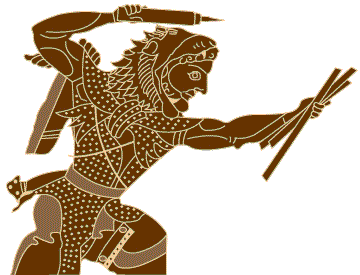 5. Herculean Strength
5. Herculean Strength
Hercules is a hero from the Greek panoply, famous for his seven labors. Hercule gave Atlas respite by taking a turn to carry the world atop his shoulders.
To say someone has “herculean strength” means they have strength that far exceeds that of a normal person. (E.g., sometimes seen as “herculean effort”)
Ned's ability to juggle three jobs, raise two twin boys alone, while at the same time serving as the Neighborhood Watch chairperson was considered by many in the community as a herculean effort.
Here is an example from an article about Facebook from Mashable, the social media online guide:
... [the] Social web has become increasingly complex — relating the full implications to a broad audience is a Herculean feat.
 6. Mentor
6. Mentor
Mentor is the form the ancient Greek goddess Athena takes to counsel the young Telemachus, son of Odysseus. Athena becomes a friendly, man who encourages Telemachus to go find news of his missing father who has been lost at sea after the sack of Troy.
The word mentor has come to mean a professional relationship where a more experienced person gives the necessary skills to a novice. Or it can mean simply an older person who guides a younger one.
In college I had a writing mentor who helped me to write a thesis statement.
The Associated Press uses the word to describe the relationship between the president and his former Harvard professor:
The Rev. Al Sharpton is a "lightning rod" for President Barack Obama on inner city streets, Obama's former Harvard mentor and friend said Saturday at a forum in Harlem.
7. To Have the Midas touch
 In legend, King Midas turned everything he touched to gold. In the legend Midas’ wish is granted: his food turns to gold, even his own daughter. Horrified by his new found skill, he rushes to the river to wash his hands of his gift/curse, which is why gold is to be found in river beds! The original legend was meant to illustrate the folly of the rich man and teach a lesson to rich fools.
In legend, King Midas turned everything he touched to gold. In the legend Midas’ wish is granted: his food turns to gold, even his own daughter. Horrified by his new found skill, he rushes to the river to wash his hands of his gift/curse, which is why gold is to be found in river beds! The original legend was meant to illustrate the folly of the rich man and teach a lesson to rich fools.
But, if someone has the Midas touch today, it means they are skilled at becoming rich, or, just seem to be really lucky. A synonym for the Midas touch could be a “lucrative entrepreneur”. The phrase can also mean someone or something which brings luck or success.
It seemed that Mike had the Midas touch: he had a stunning wife, three handsome children, and a 401k that paid steady dividends. The block was green with envy.
A headline reads “Britain's Got Talent Betting: Simon Cowell's Midas Touch.” Betters hope Cowell’s success on American Idol will bleed over to the British counterpart.
. 8. To Open a Pandora's Box
8. To Open a Pandora's Box
Poor Pandora lives with her family in a state of preternatural bliss but she opens the box she is explicitly told not to touch (similar to Eve eating of the fruit in the garden in Genesis). When she opens the box, corruption enters the world: death, decay, entropy, murder, war - but Pandora closes the box before everything that is horrible escapes and the one thing that is not stolen by is Hope.
Little did the popular girls at Ridgemont High know, uncovering secrets about the new kid in school was to open a pandora's box that neither of them had been able to anticipate.
We use the expression “Pandora’s box” to express an action, an event, an object, or a person that has been unleashed from its shackles and gotten out of hand.
The Huffington post ran an article about the crude oil spill in the Gulf of Mexico as opening a Pandora’s box.
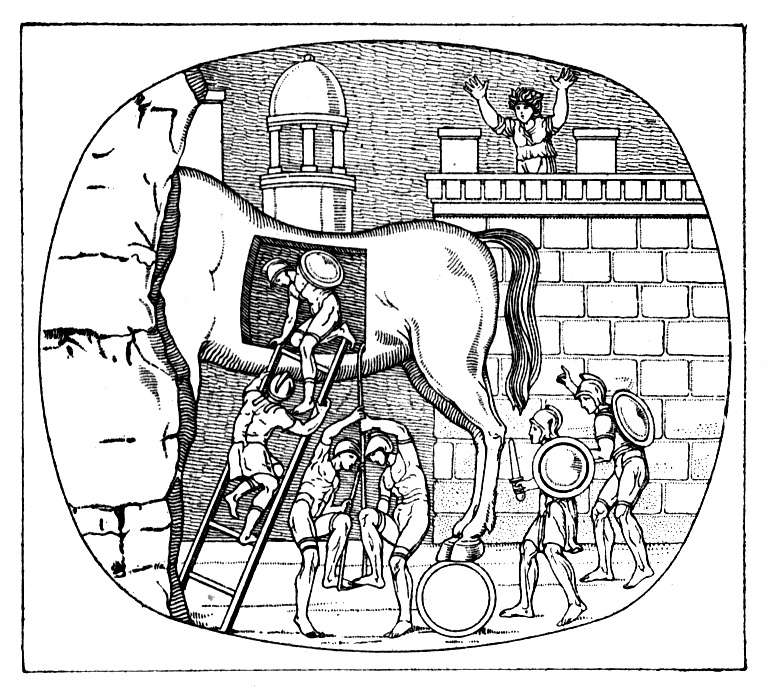 9. Trojan Horse
9. Trojan Horse
In the Aeneid, Virgil recounts how the Greeks were finally able to conquer the Trojans after ten years of brutal fighting. Odysseus, the wily entrepreneur, devises a hollow wooden horse to place Greek soldiers inside of and place it as a “gift” at the walls of Troy. The Trojans. thinking it is a peace offering, take the horse in their gates, celebrate their victory and go to sleep. The Greeks come out of the horse, murder the men and boys and make slaves of the women and children.
To call something a Trojan horse The phrase has been used to describe computer viruses that enter “the back door” of a closed system, veiled as a normal-looking file, but are actually malware hackers use to gain information, delete files, and basically wreak havoc on civilized humankind.
Equipped with walkie talkies, Blake and his buddies decided to inject Lane into the birthday party as their trojan horse to signal to them when it was time to launch the water balloons en masse.
Federal News Radio reports on malware hackers have lured computer users to download onto their PCs from their iPads:
The link in the message leads to a Trojan horse that injects code into Windows' explorer.exe and opens a backdoor for hackers.
 10. To Rise From the Ashes
As this detail from the Aberdeen Bestiary illustrates, the Phoenix is a mythic bird who every one thousand years immolates itself and is then born again from its own ashes. In everyday speech, we use this phrase to indicate a major life change or total makeover in a person's life. One could say Bill Clinton rose from the ashes to become a post-presidential celebrity despite the scandal of Whitewater and Monicagate.
Tip: Don't try this at home, kids.
After thirty years in the working world, Hannah decided to rise from the ashes and return to school to get a nursing degree.
A post on the Consumerist claims that the once defunct electronics chain will rise from the ashes:
Circuit City to Rise from the Ashes!
And another article from a life coach promises readers to learn how to change their lives and start anew:
10. To Rise From the Ashes
As this detail from the Aberdeen Bestiary illustrates, the Phoenix is a mythic bird who every one thousand years immolates itself and is then born again from its own ashes. In everyday speech, we use this phrase to indicate a major life change or total makeover in a person's life. One could say Bill Clinton rose from the ashes to become a post-presidential celebrity despite the scandal of Whitewater and Monicagate.
Tip: Don't try this at home, kids.
After thirty years in the working world, Hannah decided to rise from the ashes and return to school to get a nursing degree.
A post on the Consumerist claims that the once defunct electronics chain will rise from the ashes:
Circuit City to Rise from the Ashes!
And another article from a life coach promises readers to learn how to change their lives and start anew:
Et cetera:
How To Rise From The Ashes Like A Phoenix
Go to my Teacher's store to buy a ready-to-go educational resource on words and phrases from Greek Mythology.
Note: I will add to this post as I begin to compile more examples.
 |
| Find a supercharged lesson plan on allusions to Greek myths here |

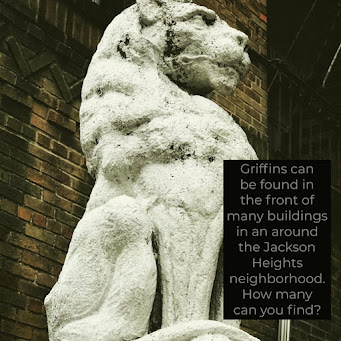












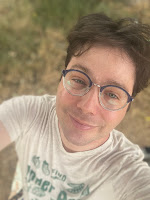
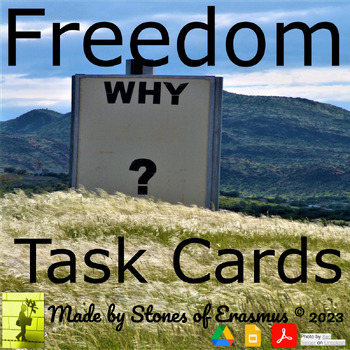
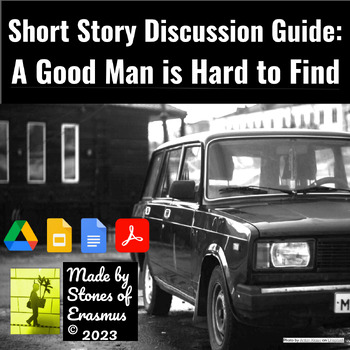
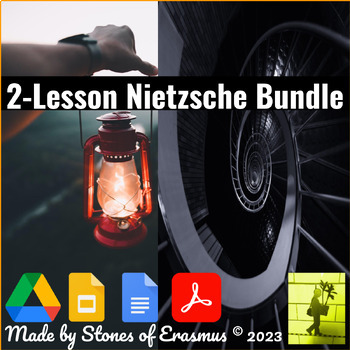
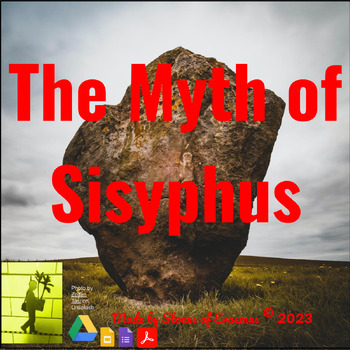


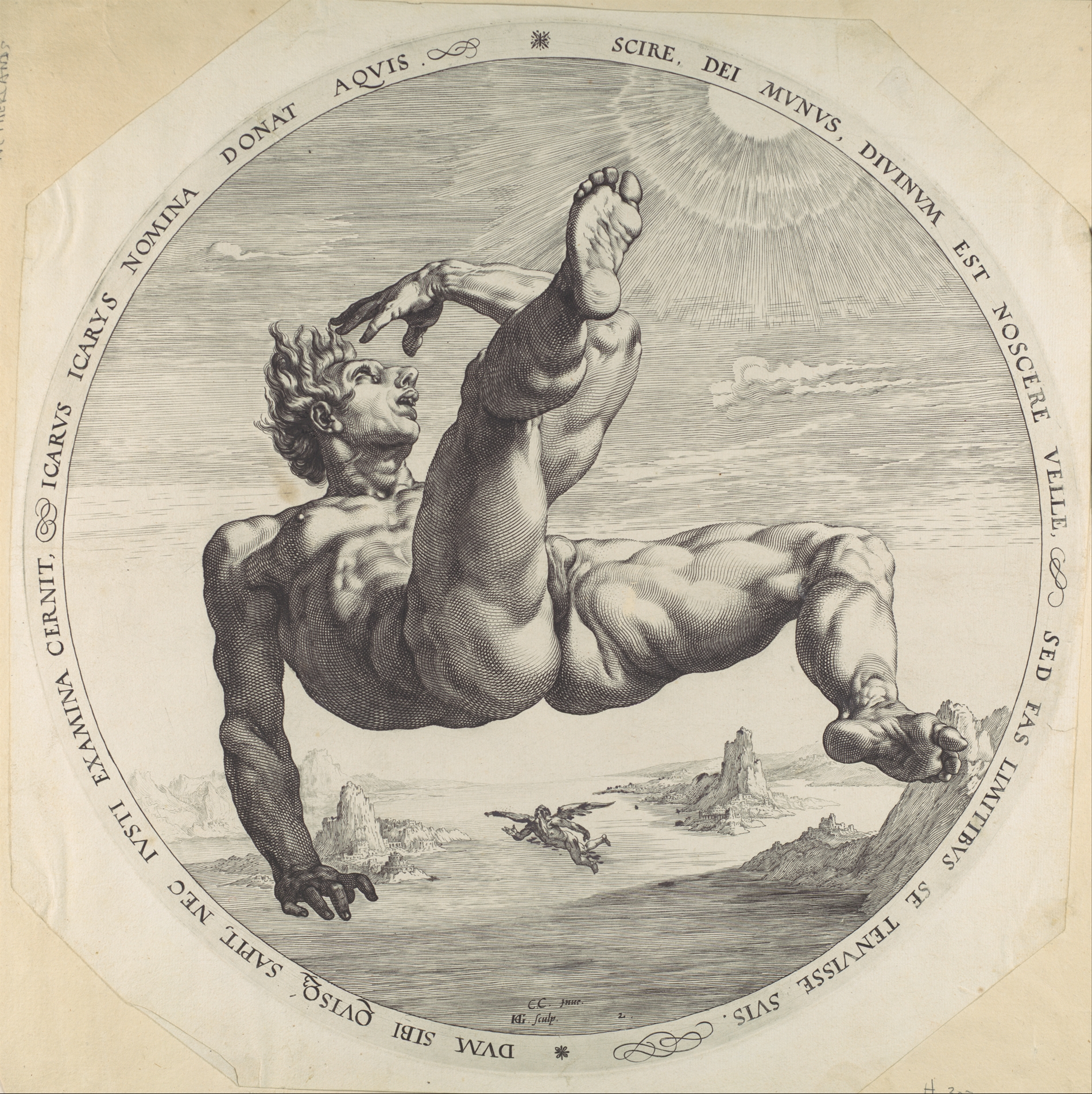




.jpg/800px-Oedipus_und_die_Sphinx_(Gustave_Moreau).jpg)




